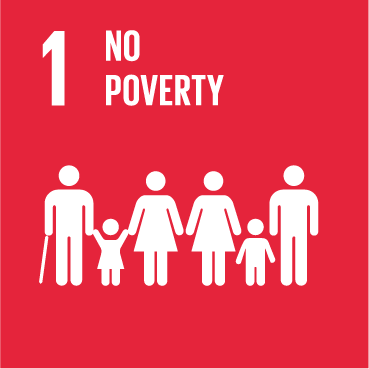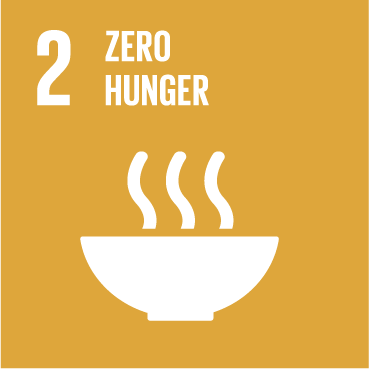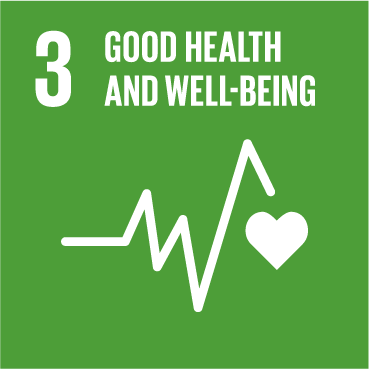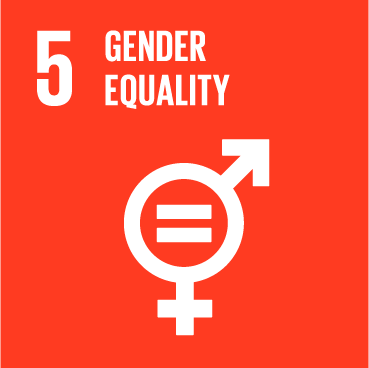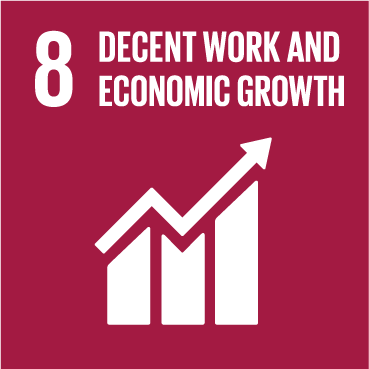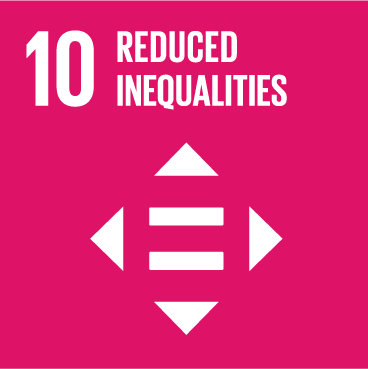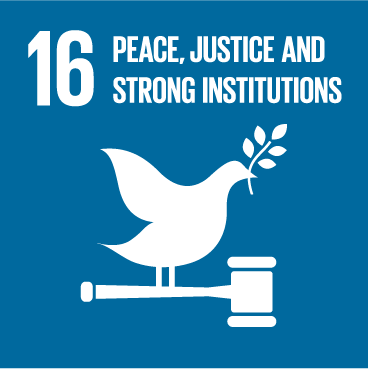By Murray Leibbrandt and Pippa Green —
Ask a random sample of South Africans what the major illness affecting the economy is, and inevitably, the word ‘inequality’ comes up. But a comparison between the contrasting trajectory of inequality in two developing countries – South Africa and Brazil – highlights some pretty alarming findings.
Those who live in these shanty towns prefer its prime location next to the city centre, as they can earn a living being close to the city.
When South Africa became a democracy in 1994, the average child spent about seven years in school. Across the Atlantic, in Brazil, a country that was also emerging from years of authoritarianism, the average child spent only about five years in school.
Read full article here
Author
Post Views: 220



